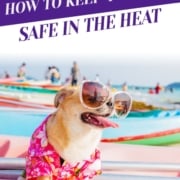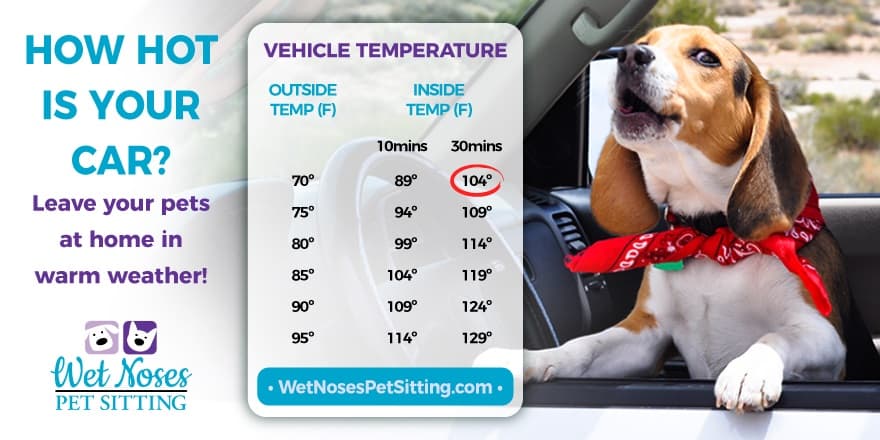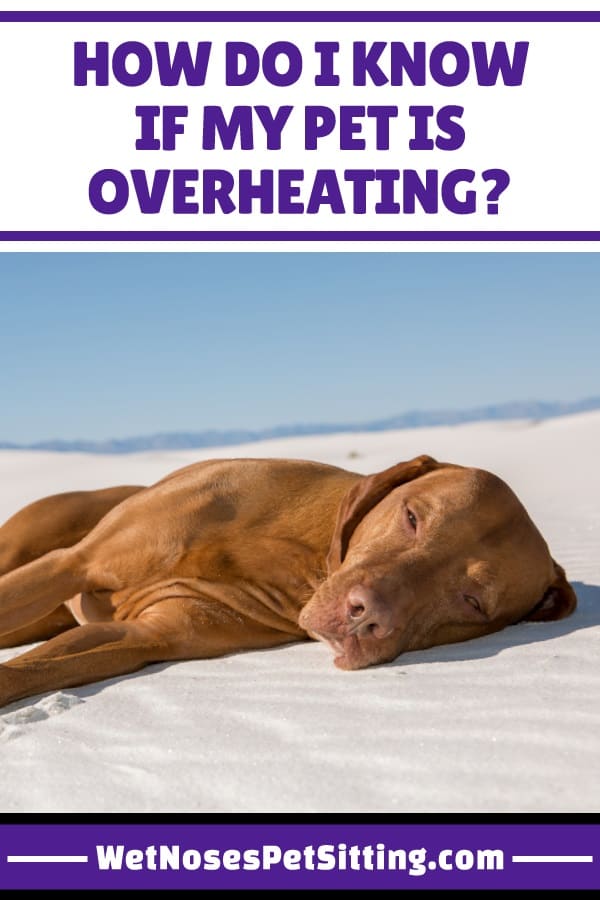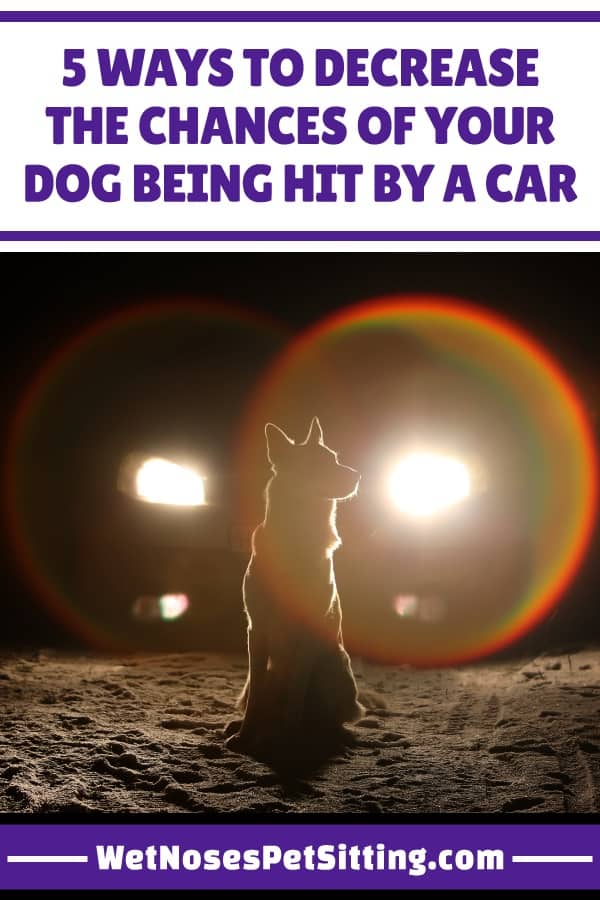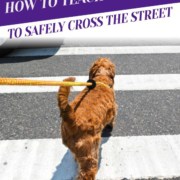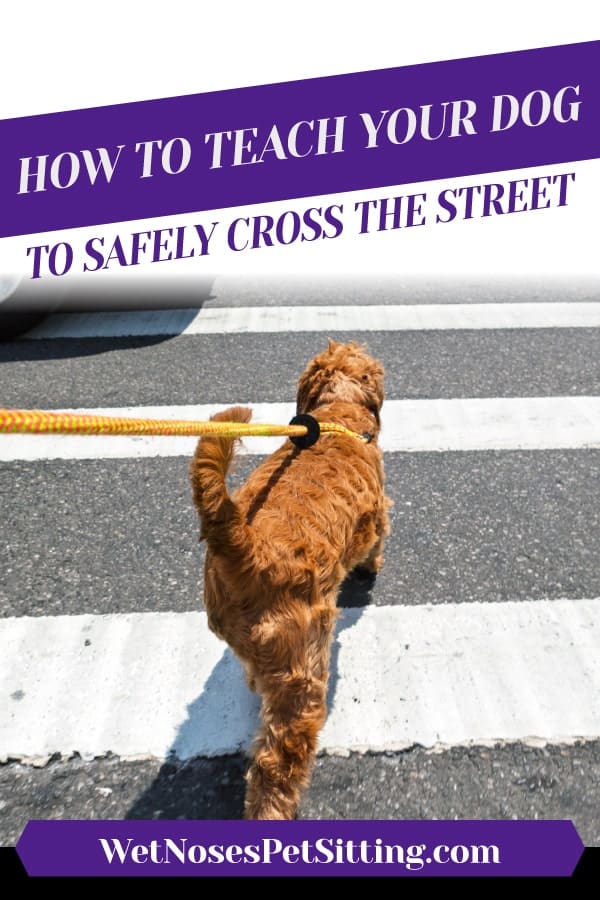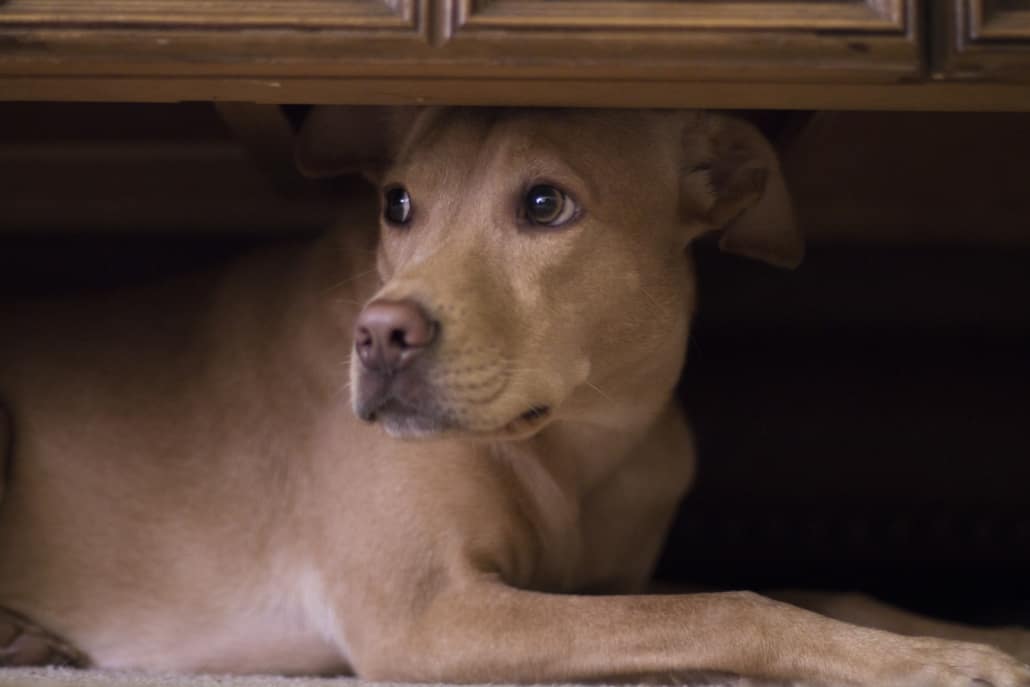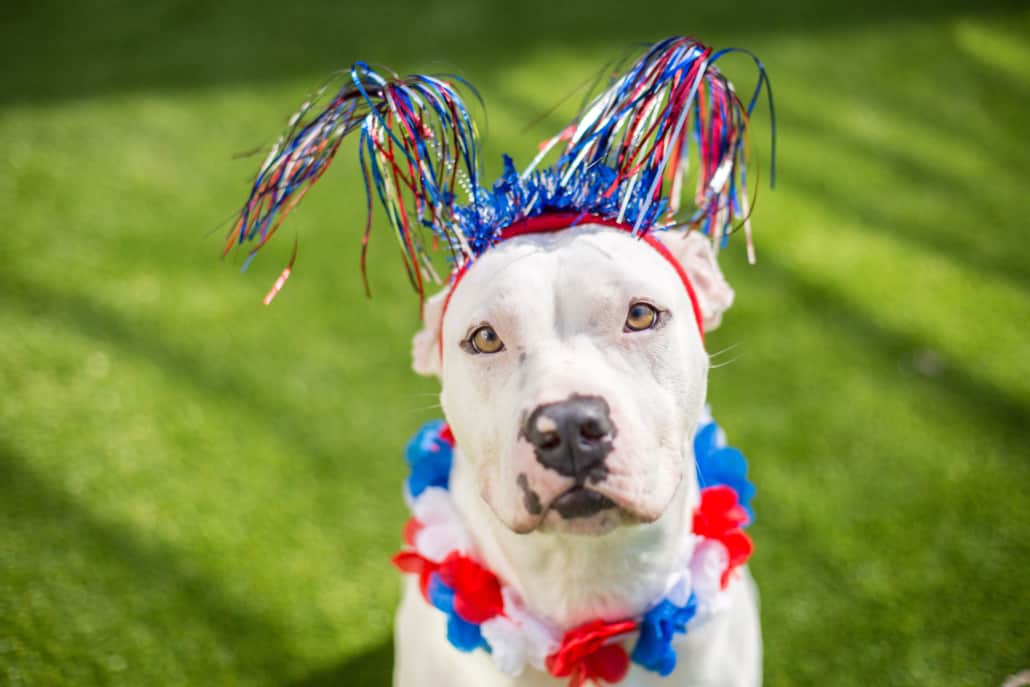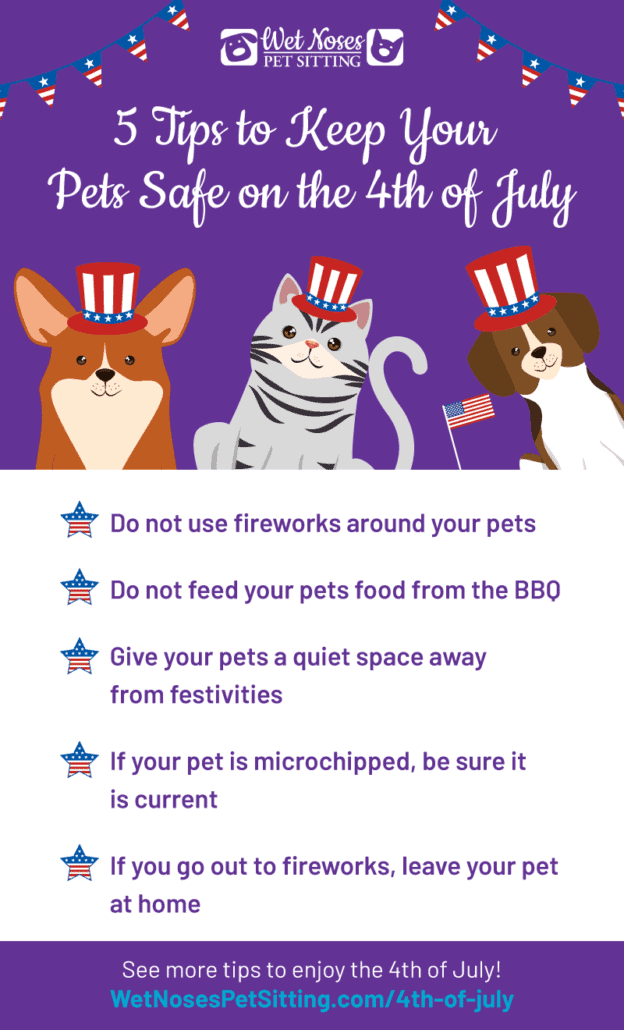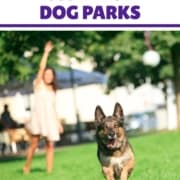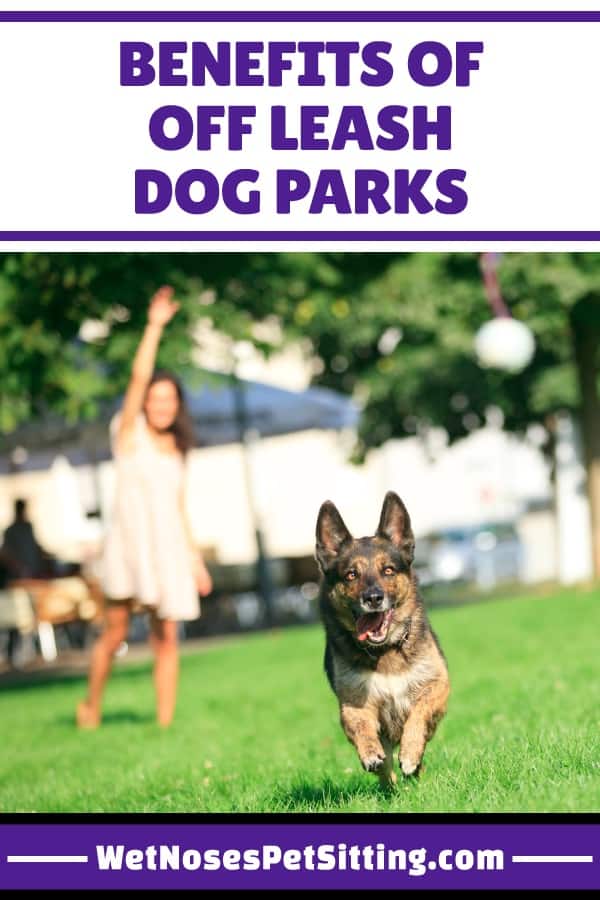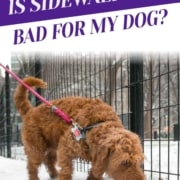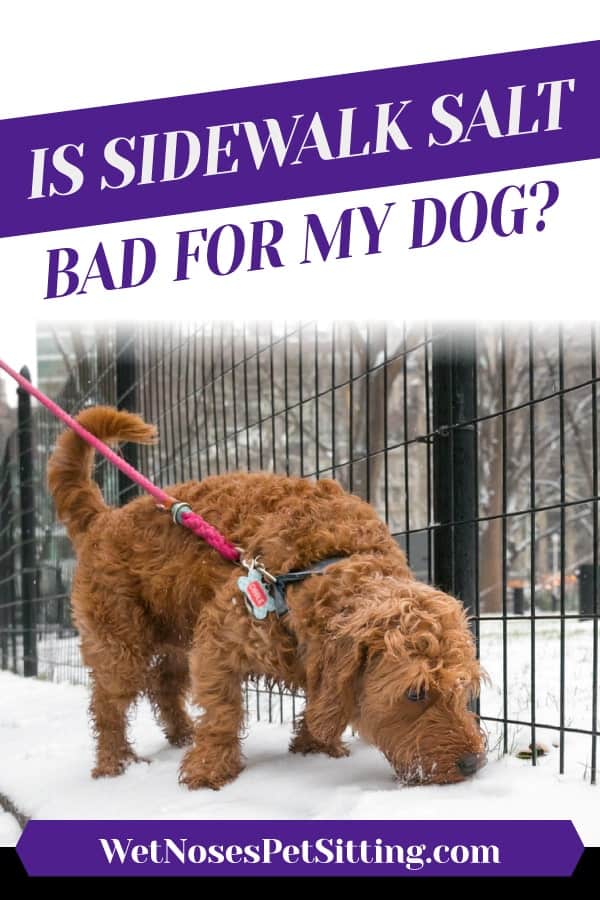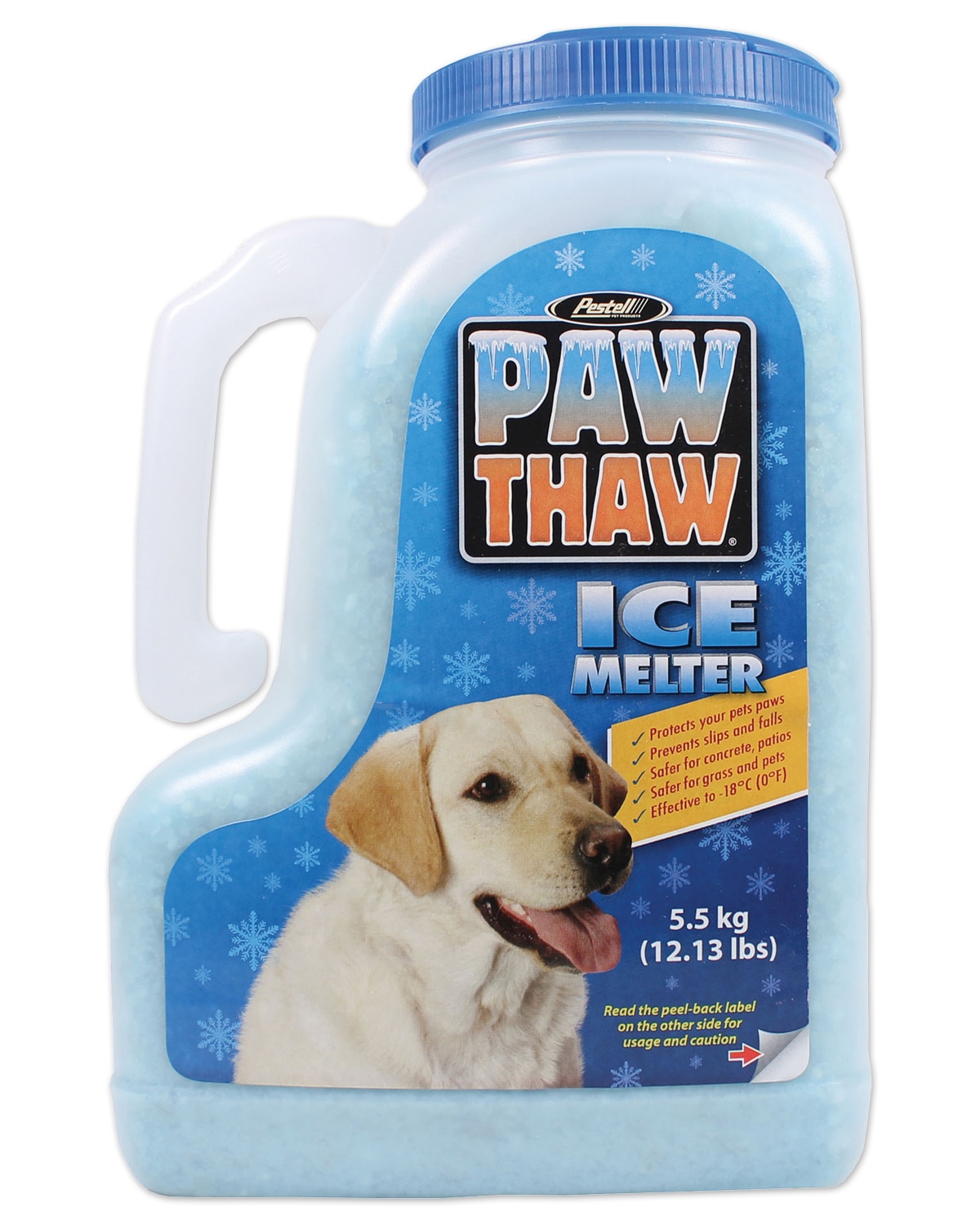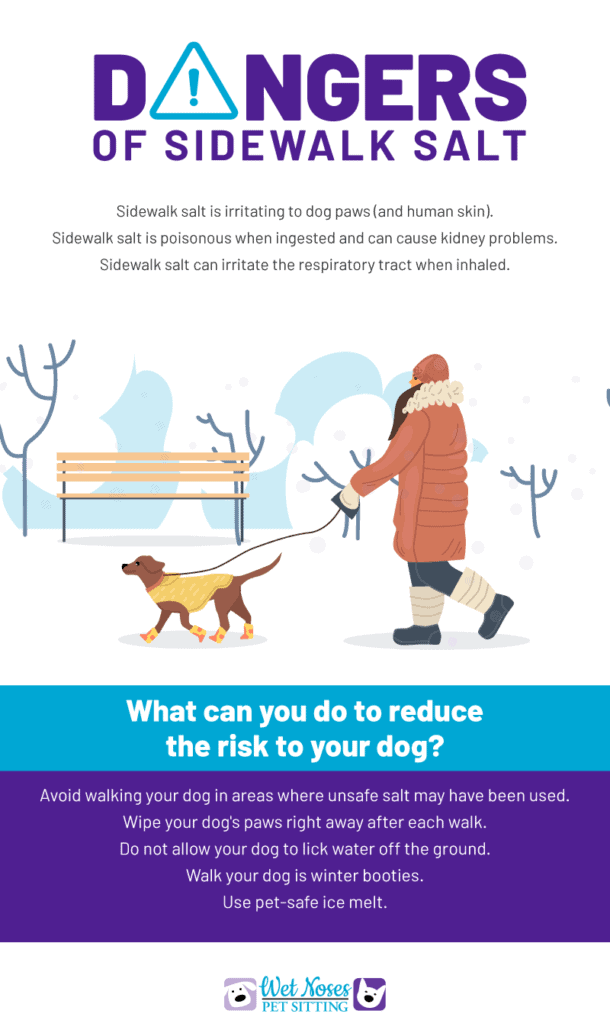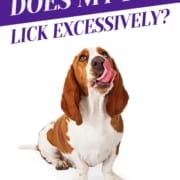The Problems with Dog Kennels
Dog kennels can be a great place to make sure your dog stays safe while you are away on vacation or a business trip. However, there can be some serious dangers when it comes to kennels. There can be exposure to sickness, behavioral problems, and even trauma for dogs who spend too much time in a kennel.
Sickness found in Kennels
Dogs in kennels are at risk for contracting a whole host of diseases and parasites. Respiratory conditions like Kennel Cough, and Canine Distemper, as well as parasites, fleas, ticks and mange, can easily be passed from dog to dog.
Behavioral Problems
There is a whole of of stress put on a dog while being kept in a kennel. The strange cage, loud noises, weird smalls can be a lot to take in. Dogs that have been in a shelter for long periods of time exhibit more problems. They can show signs of destructiveness, fearfulness, and tendency to flee. Of course the shorter the dog is in a kennel the less detrimental the effects, but most dogs experience stress on some level when in a kennel.

Kennel Syndrome
When dogs are left in a kennel or a shelter too long, can actually experience periods of insanity. There was a study done at University of Bristol’s Anthrozoology Institute. It included videotapes of 30 police-trained German shepherds in their kennels after work. They found that the dogs showed definite signs of stress and even temporary mental illness. Keep in mind this is for dogs with jobs and a lot of interaction throughout the day. Imagine how bad it is for dogs that hardly ever get to leave their cages.
It’s likely that short trip to the kennel will not traumatize your dog. However, it’s important to check out a kennel before hand. Also, make sure your dog’s vaccinations are up to date. Lastly, if you’re adopting a dog in from a shelter, be kind and patient as they learn the ropes of life outside of the cage.



